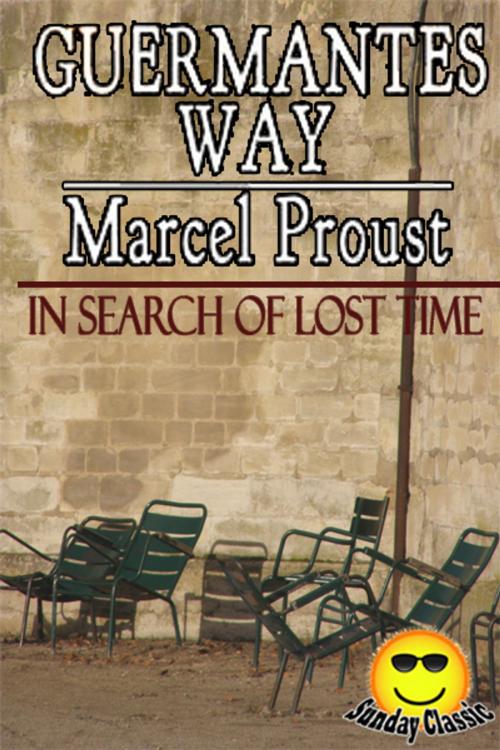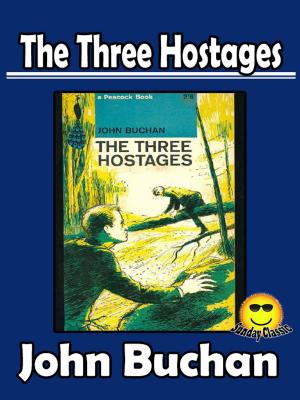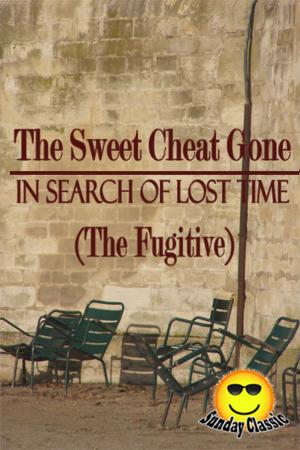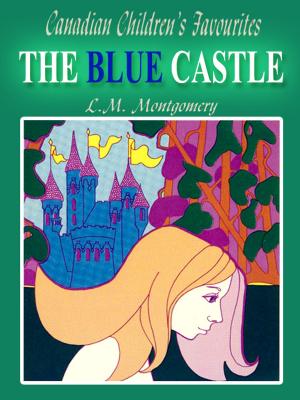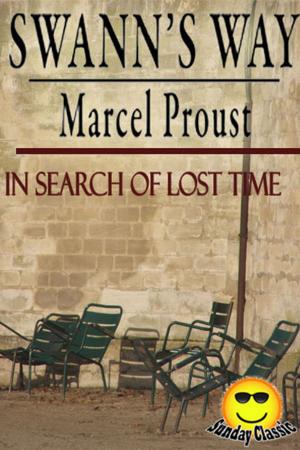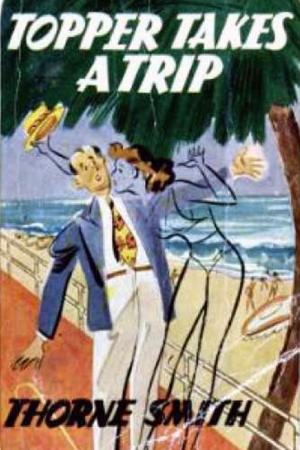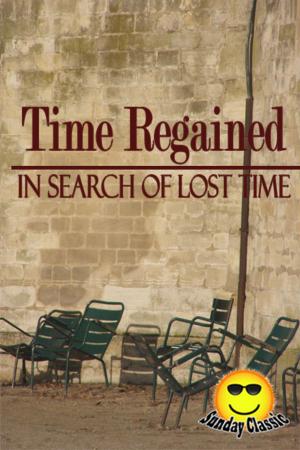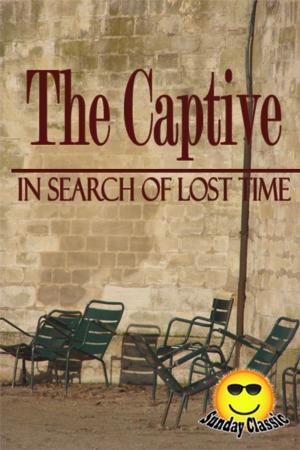The Guermantes Way - In Search of Lost Time : Volume #3
In Search of Lost Time (Sunday Classic)
Fiction & Literature, Literary Theory & Criticism, French, European, Romance, Contemporary| Author: | Marcel Proust, (Translator: C K Scott Moncrieff) | ISBN: | 1230000034669 |
| Publisher: | Sunday_Classic | Publication: | November 28, 2012 |
| Imprint: | Language: | English |
| Author: | Marcel Proust, (Translator: C K Scott Moncrieff) |
| ISBN: | 1230000034669 |
| Publisher: | Sunday_Classic |
| Publication: | November 28, 2012 |
| Imprint: | |
| Language: | English |
This dense, daunting and ultimately rewarding book is volume three of Proust's epic A la Recherche du Temps Perdu. Here, as always, the reader again wades chest-deep into Proust's ornate language (sticking, here, to C. K. Scott Moncrieff's canonical translation) and intricate reflections upon life and society around the turn of the 20th century. As one grows familiar with Proust the man and the writer, and as one becomes hypnotized by the legendary length and language of the writing, the books become something of a companion, creating an atmosphere of tone and thought. The book is fiction, of course, but also tends to closely follow the persons and personalities of many real figures in French society during Proust's youth. He was a historian of an upperclass culture that was vanishing in the years after the first world war. And, in this book, his story ever grows, while also becoming more particular and idiosyncratic. The title of the first volume, Swann's Way, referred to a path taken on walks through the town of Combray (the real town of Illiers) in our narrator's youth. The title of this book refers to another such path in an opposite direction. In the first, we read of a middle class man who wheedles his way into society and then marries a famous cocotte. The Guermantes Way, becomes another path into society, via the drawing rooms of the upperclass denizens of the Faubourg St. Germain. Our narrator, now living in a wing of a building overlooking the Guermantes mansion, looks into a window, sees a banquet in progress, and dreams of the ethereal beauty to be found there.
This dense, daunting and ultimately rewarding book is volume three of Proust's epic A la Recherche du Temps Perdu. Here, as always, the reader again wades chest-deep into Proust's ornate language (sticking, here, to C. K. Scott Moncrieff's canonical translation) and intricate reflections upon life and society around the turn of the 20th century. As one grows familiar with Proust the man and the writer, and as one becomes hypnotized by the legendary length and language of the writing, the books become something of a companion, creating an atmosphere of tone and thought. The book is fiction, of course, but also tends to closely follow the persons and personalities of many real figures in French society during Proust's youth. He was a historian of an upperclass culture that was vanishing in the years after the first world war. And, in this book, his story ever grows, while also becoming more particular and idiosyncratic. The title of the first volume, Swann's Way, referred to a path taken on walks through the town of Combray (the real town of Illiers) in our narrator's youth. The title of this book refers to another such path in an opposite direction. In the first, we read of a middle class man who wheedles his way into society and then marries a famous cocotte. The Guermantes Way, becomes another path into society, via the drawing rooms of the upperclass denizens of the Faubourg St. Germain. Our narrator, now living in a wing of a building overlooking the Guermantes mansion, looks into a window, sees a banquet in progress, and dreams of the ethereal beauty to be found there.
